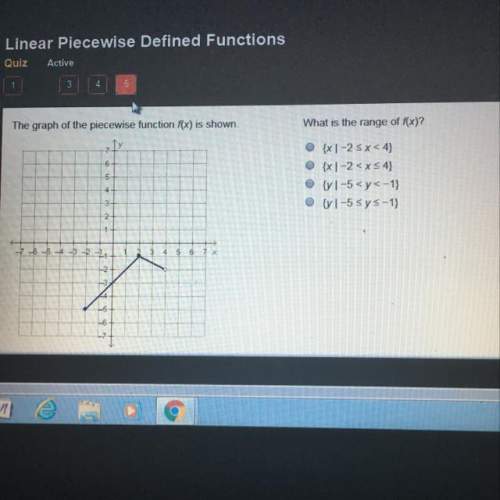
Mathematics, 12.12.2020 19:30, devnnn44
The Internal Revenue Service estimates that 8% of all taxpayers filling out long forms make mistakes. Suppose that a random sample of 10,000 forms is selected.
a) Find the expected number of incorrect forms and the associated standard deviation.
b) What is the probability that more than 800 forms have mistakes?

Answers: 1
Other questions on the subject: Mathematics

Mathematics, 20.06.2019 18:04, Bangggggg6
The circumference of a circle is 60 pi cm3what is the radius of the circle
Answers: 2

Mathematics, 21.06.2019 14:30, torresalysabeth
Find the value of 1715⋅211.though these numbers aren't quite as nice as the ones from the example or the previous part, the procedure is the same, so this is really no more difficult. give the numerator followed by the denominator, separated by a comma.
Answers: 1

Mathematics, 21.06.2019 15:20, aliceotter2007
Asmall (but heavy) particle placed in a glass of water will follow a zigzag motion because the particle will bounce off of the water molecules it meets. this is called brownian motion. a physicist simulates this on a computer, by varying the distance a particle can travel (called the mean free length), on average, before it collides with a water molecule and assigning the change in motion to be one of 8 directions, each with a similar probability. by running the simulated particle (with the same mean free length) many times she determines that it should take 15 seconds, on average, for the particle to fall to the bottom, with a standard deviation of 1.5 seconds. next she lets a real particle fall through a glass of water and finds that it took 18 seconds. what does she conclude, and why?
Answers: 1

Do you know the correct answer?
The Internal Revenue Service estimates that 8% of all taxpayers filling out long forms make mistakes...
Questions in other subjects:
















